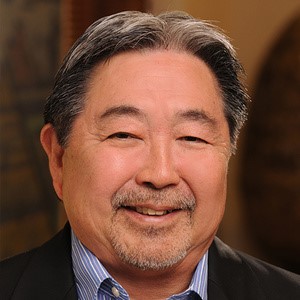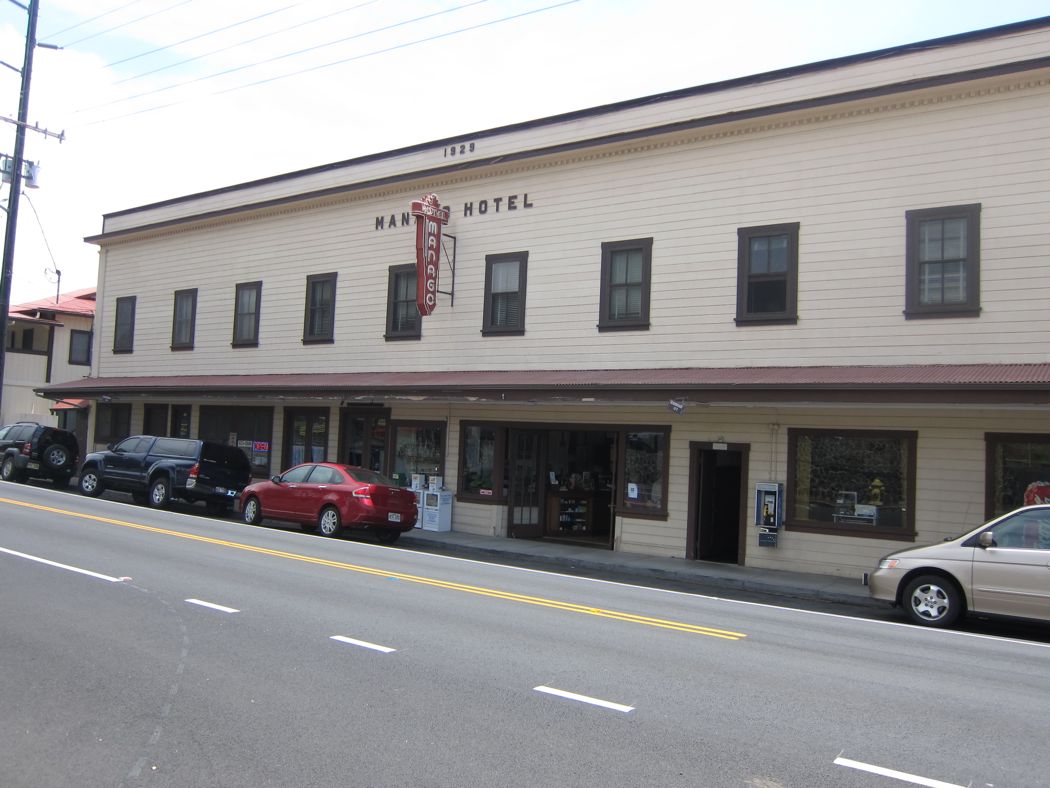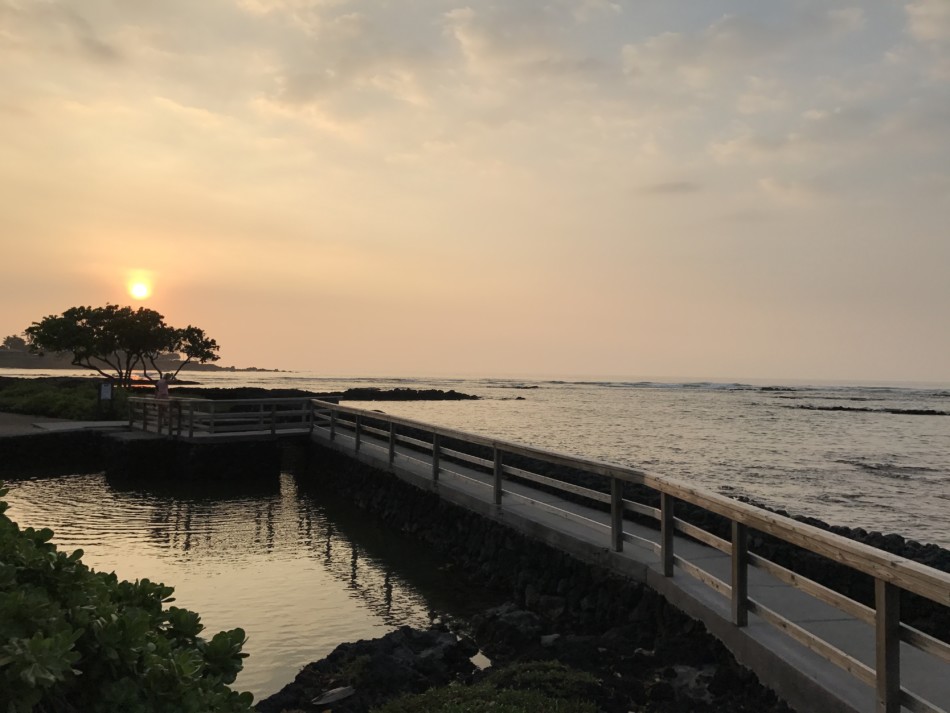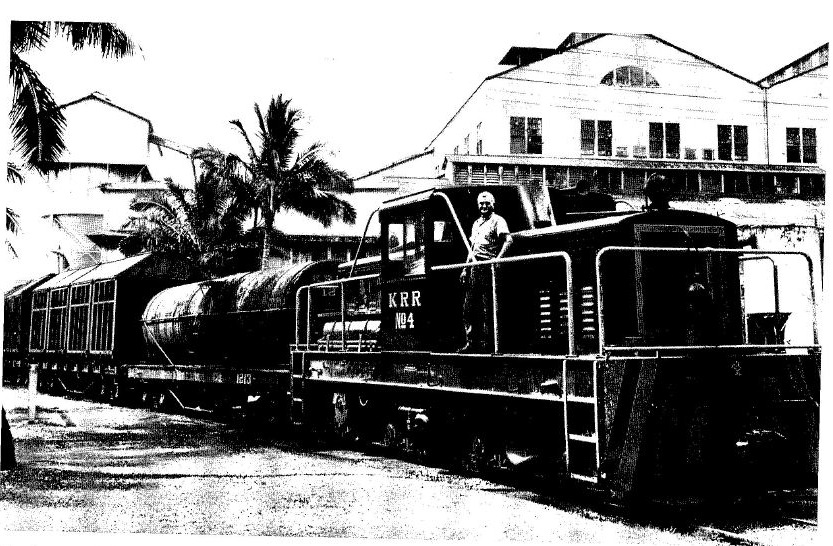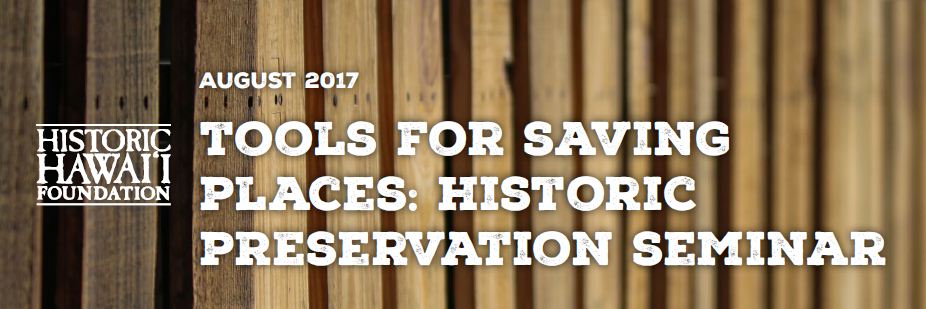Kelvin H. Taketa honored as the 2017 Kama‘aina of the Year
Historic Hawai‘i Foundation was very pleased to honor Kelvin H. Taketa as the 2017 Kama‘āina of the Year™ at Historic Hawai‘i Foundation’s annual fundraiser benefit on Saturday, September 30, 2017 at The Royal Hawaiian Hotel. Kelvin is chief executive officer of the Hawai‘i Community Foundation—the largest foundation in the state that works to transform lives and improve our communities. Since his appointment in 1998, the Foundation has become the leader in facilitating charitable investments in Hawai‘i and has earned distinction as a trusted community resource on charitable trends and best practices in Hawai‘i. In addition, the Foundation has launched several major initiatives with a coalition of local and national funders and government agencies to address critical issues and developed grant programs that have proven results and led to national recognition for the Foundation. In 2015, the Foundation administered more than $50 million for programs and initiatives in Hawai‘i. VIEW THE EVENT PHOTOS Prior to his role at Hawai‘i Community Foundation, Kelvin helped found The Nature Conservancy of Hawaii as its Executive Director and then managed the fundraising, government relations and communications functions for The Nature Conservancy (TNC), the largest conservation organization in the world, out of its headquarters in Washington, DC. He then led the creation of TNC’s programs in the Asia/Pacific region. Kelvin has served on numerous corporate and nonprofit boards including his current service on Hawaiian Electric Industries, Hawaiian Electric Company, the Hawaii Leadership Forum and the Stupski Foundation in San Francisco. He has previously served on the Board of Grove Farm on Kaua‘i and the Independent Sector in Washington, D.C. A national leader and commentator about philanthropy and non-profit organizations, Kelvin has been selected by The Non-Profit Times [...]


